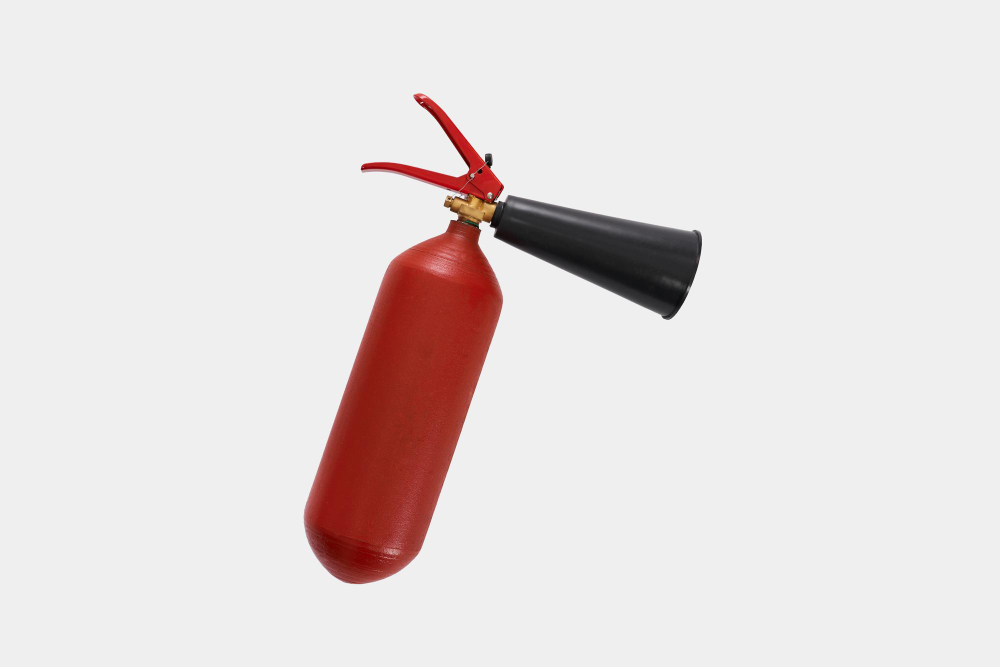Fire safety is a crucial aspect of any environment, be it at home, the workplace, or public spaces. Fire extinguishers play an essential role in controlling small fires before they become large-scale disasters. Understanding the types of fire extinguisher, their uses, and how to maintain them can make a difference in ensuring the safety of people and property.
Why Fire Extinguishers are Important
Fire extinguishers provide a first line of defense against potential fires, allowing quick action in case of an emergency. They help prevent fires from spreading, buying critical time for evacuation and potentially saving lives. Having a fire extinguisher accessible and knowing how to use it can significantly reduce fire-related risks.
Types of Fire Extinguishers and Their Uses
Different types of fire extinguishers are designed to handle various classes of fire. Here’s a quick guide to the main types and their suitable applications:
-
Water Fire Extinguishers (Class A)
- Best For: Combustible materials like wood, paper, fabric, and certain plastics.
- Not Suitable For: Electrical fires or flammable liquids.
- How It Works: Cools the fire and removes the heat required for combustion.
-
Foam Fire Extinguishers (Class A and B)
- Best For: Liquid fires (Class B) like gasoline and paints, and also effective on Class A materials.
- Not Suitable For: Electrical fires.
- How It Works: Forms a layer of foam over the fire, cutting off the oxygen supply and cooling it.
-
Carbon Dioxide (CO₂) Fire Extinguishers (Class B and Electrical)
- Best For: Flammable liquid fires and electrical fires.
- How It Works: Displaces oxygen and cools the fire. CO₂ extinguishers leave no residue, making them ideal for electrical fires.
-
Powder Fire Extinguishers (Class A, B, C, and Electrical)
- Best For: Versatile use across various fire types, including flammable gases.
- How It Works: Smothers the fire by creating a barrier between the fuel and oxygen. However, it can leave residue and may damage sensitive equipment.
-
Wet Chemical Fire Extinguishers (Class F)
- Best For: Cooking oils and fats, such as those found in kitchens.
- How It Works: The chemicals react with the hot oil to form a soapy layer, effectively smothering the fire and cooling the oil.
How to Use a Fire Extinguisher: The PASS Method
Knowing how to properly use a fire extinguisher is essential for it to be effective. Follow the PASS method:
- Pull the pin to unlock the extinguisher.
- Aim the nozzle at the base of the fire.
- Squeeze the handle to release the extinguishing agent.
- Sweep the nozzle side to side to cover the fire area thoroughly.
Regular Maintenance and Inspection
Maintaining a fire extinguisher is key to ensuring it functions effectively when needed. Here are some tips for keeping them in top condition:
- Monthly Inspections: Check for visible damage, proper pressure levels, and make sure it’s easily accessible.
- Annual Servicing: Have a qualified professional service your fire extinguisher annually.
- Recharge After Use: Even if only partially used, a fire extinguisher should be recharged or replaced to ensure it’s ready for future use.
- Replace Every 5-15 Years: Most fire extinguishers have a lifespan of 5-15 years, depending on the type. Check the expiration date regularly.
Placement of Fire Extinguishers
Proper placement is essential to ensure easy access during emergencies. Place fire extinguishers:
- Near potential fire hazards like kitchens, electrical rooms, and garages.
- At eye level and in visible locations.
- Along escape routes to facilitate a safe exit.
Conclusion
Fire extinguishers are a vital tool in fire safety, providing a quick response to emergencies. By understanding the types of fire extinguishers, their appropriate uses, and maintenance tips, you can be better prepared to protect yourself and others from fire hazards.




